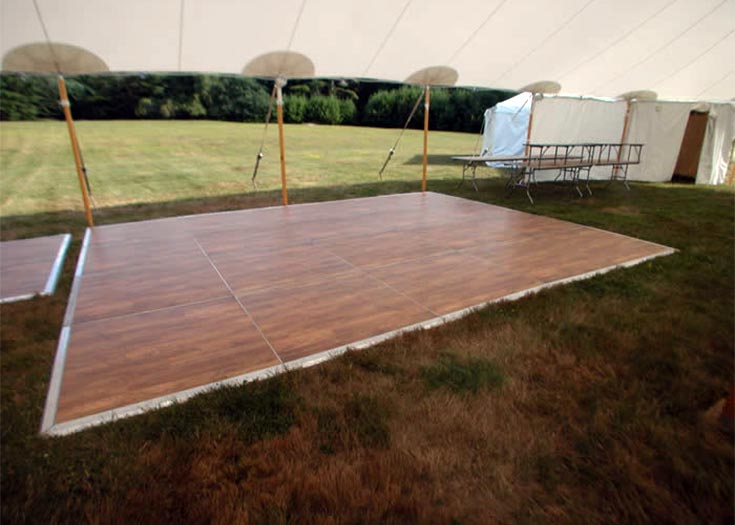Exploring the Diverse Substances That Transform Performance Floors into Breathtaking Aesthetic Experiences
Exploring the Diverse Substances That Transform Performance Floors into Breathtaking Aesthetic Experiences
Blog Article
Movement floors have developed significantly over the decades, becoming more than just a space to dance to melodies. Today, they are transformed into breathtaking visual experiences through the use of various substances and techniques. These substances not only improve the aesthetic appeal of the space but also improve the overall experience for performers and audiences alike. Understanding the versatile substances that contribute to these dynamic settings can offer understanding into the craft of performance floor design.
One of the most common substances used in contemporary dance floors is light-emitting diode illumination. LED lights are energy-efficient and can generate a broad variety of hues and impacts. They can be embedded in the floor directly or used as part of a illumination setup over the dance floor. This innovation allows for coordinated light displays that can alter in reaction to the melodies, creating an engaging encounter. The capability to configure these lamps means that they can be customized to fit different themes or moods, making each event unique.
Another crucial material is mirror-like surfaces, such as mirrors or polished tiles. These materials can create an illusion of area and dimension, making the dance floor seem larger than it is. When performers move, their images can add an additional layer of visual appeal, enhancing the overall performance. Additionally, mirror-like materials can interact with illumination effects, amplifying the hues and designs displayed on the floor. This combination of illumination and mirroring can captivate spectators and boost the energy of the occasion.
In furthermore to lighting and mirror-like materials, the use of digital screens has grown increasingly popular in dance floor design. These screens can show vibrant visuals, graphics, or even live feeds of the performance. By incorporating electronic technology, event planners can create a multi-sensory experience that involves both the dancers and the spectators. The capability to alter images in actual time allows for a fluid atmosphere that can adapt to the beat and vitality of the music, making each moment feel new and thrilling.
Furthermore, the choice of surface material itself plays a crucial role in the complete experience. Traditional wooden dance floors are still preferred for their strength and functional qualities. However, newer materials Check This Out like synthetic and elastic are gaining popularity due to their flexibility and simplicity of maintenance. These materials can provide better impact absorption, reducing the risk of injury for performers. Additionally, they can be designed with various patterns and hues, allowing for artistic expression in the dance floor's appearance.
In summary, the transformation of dance floors into stunning aesthetic encounters relies on a mix of innovative materials and techniques. Light-emitting diode lighting, reflective materials, electronic screens, and specialized flooring materials all contribute to creating an engaging environment for dancers and spectators. As innovation continues to advance, the possibilities for improving dance floor creation will only expand, making future occasions even more enthralling and memorable. Comprehending these substances helps appreciate the artistry involved in creating environments where movement and music come together harmoniously in harmony.